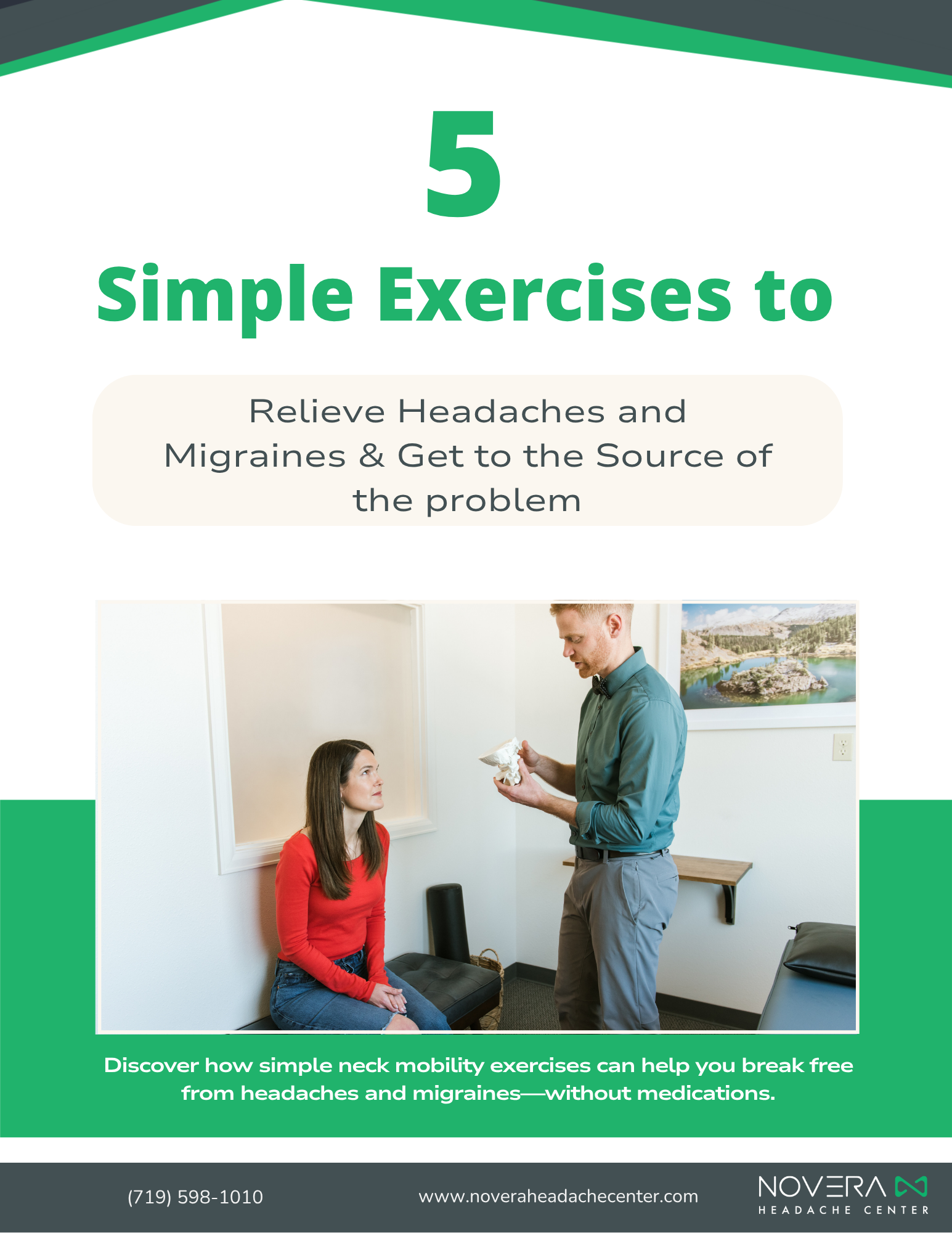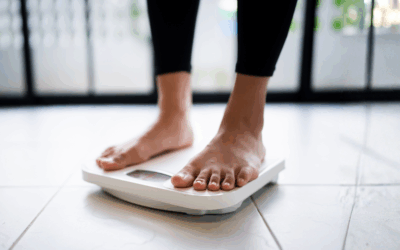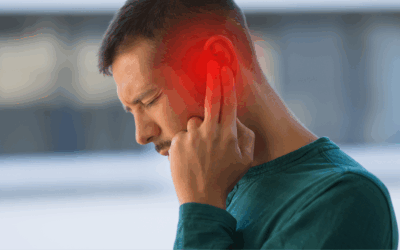As school begins, many parents notice an uptick in their child’s headaches or migraines. Whether it’s a kindergartener just starting school or a teenager balancing academics and sports, the school environment can create the perfect storm for head pain. While it can feel confusing and overwhelming, there are clear patterns and reasons behind why kids develop these symptoms—and steps you can take to help.
In this post, we’ll break down the most common types of headaches kids experience, why they happen, and practical steps parents can take to help.
Types of Headaches and Migraines in Kids
One of the most common forms we see is abdominal migraines. As Dr. Taves explained, “abdominal migraine is going to be a type of migraine where there may be some level of headache associated with it but the primary symptom is going to be stomach pain, nausea, potentially vomiting.” Parents often mistake these symptoms for recurring stomach bugs, but when no virus or infection is found, the diagnosis of abdominal migraine is often given.
Another type is atypical migraine, which may not involve pain in the head at all. Instead, kids feel “off,” experiencing fatigue, racing heart, nausea, or visual disturbances. These are often tied to the vagus nerve, which can be affected by the neck.
Finally, some kids develop sudden daily headaches. A child who was once active and energetic may suddenly struggle to get out of bed, attend school, or even tolerate light and sound. Imaging often shows nothing, leaving families without answers—but neck issues are often at the root.
Triggers Parents Should Watch For
School introduces several new stressors that can trigger or worsen headaches:
-
Sedentary posture: Sitting for hours and looking down at laptops or tablets puts extra strain on the neck.
-
Screen time: Prolonged screen use at school and home adds to the stress.
-
Trampolines and gymnastics: Unpredictable movements can cause micro-whiplash injuries to the neck.
-
Musical instruments: Posture while playing, or the effort of blowing into reed instruments, can strain the jaw and neck.
-
Hypermobility in kids (often girls): Flexibility without strength can leave joints unstable and stressed during activities like dance or gymnastics.
Why Early Intervention Matters
When headaches become frequent or daily, early treatment is critical. As Dr. Taves emphasized, “any sort of headache is indication that there’s something under the surface that’s boiling up.” Waiting it out or assuming a child will “grow out of it” often leads to worsening symptoms and dependence on medication.
At Novera, we take a proactive approach that looks at the underlying physical issues—especially in the neck—rather than just managing symptoms.
What Parents Can Do
-
Encourage regular movement breaks throughout the day.
-
Limit screen time at home when possible.
-
Provide proper study setups with desks or even standing desks instead of slouching on beds.
-
Be mindful of sports and activities that put repeated stress on the neck.
-
Seek professional help early, especially if headaches become daily or debilitating.
Finding Real Relief
Headaches in kids are more common than most parents realize, and too often families are left with medication as the only solution. The good news is there are better answers. At Novera, we’ve helped countless kids reduce or eliminate their headaches by addressing the root cause.
If your child is struggling with headaches or migraines, don’t wait for things to get worse. Schedule a free discovery visit at Novera Headache Center and take the first step toward lasting relief.




